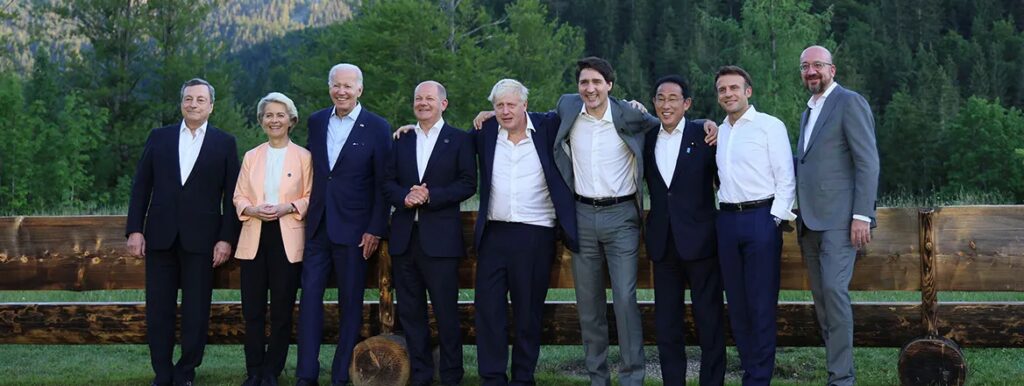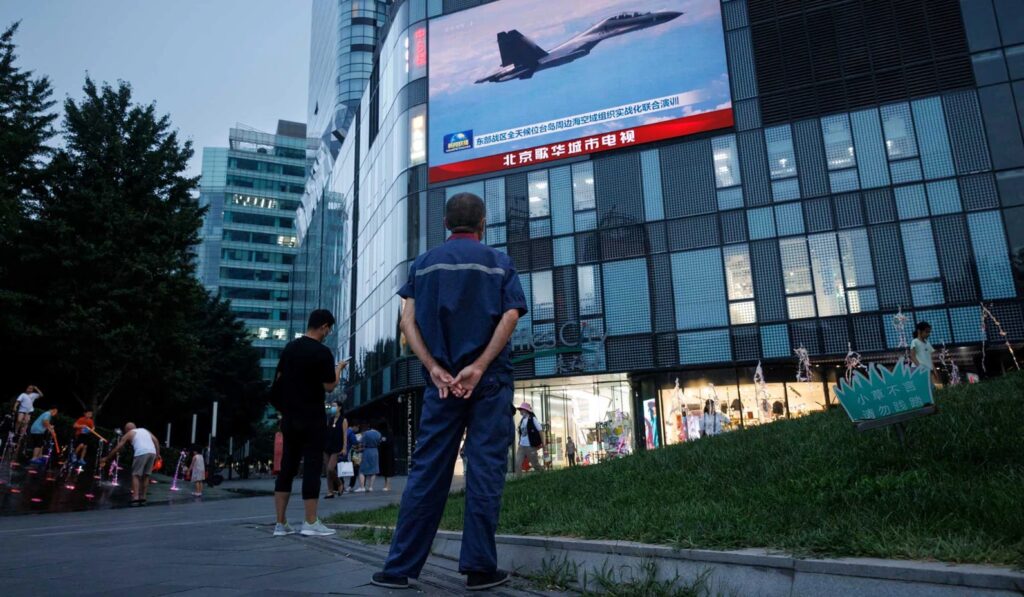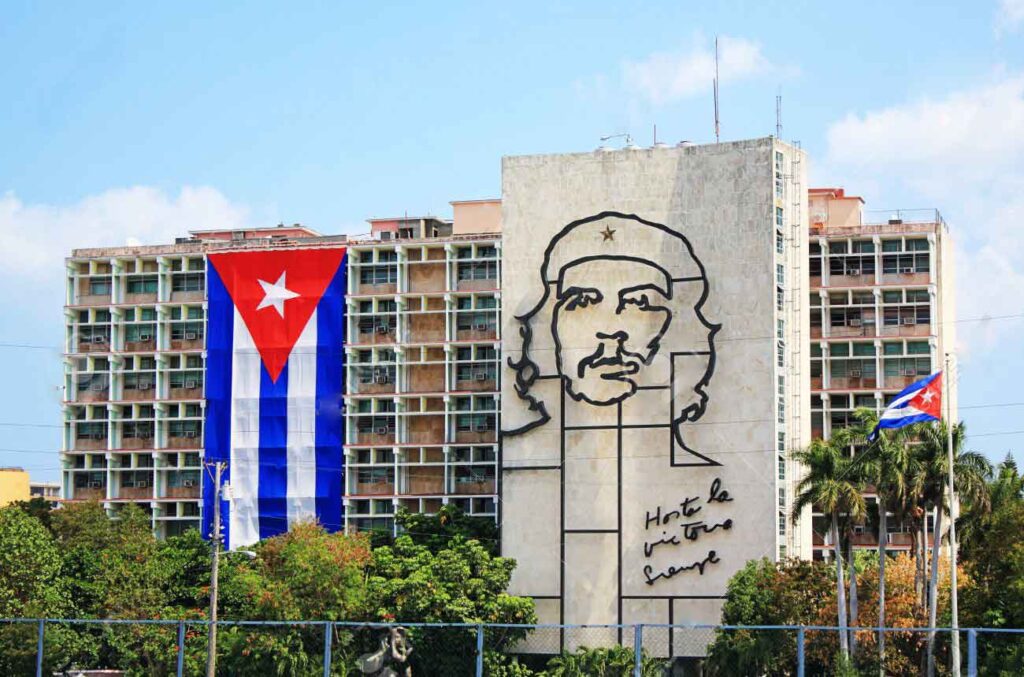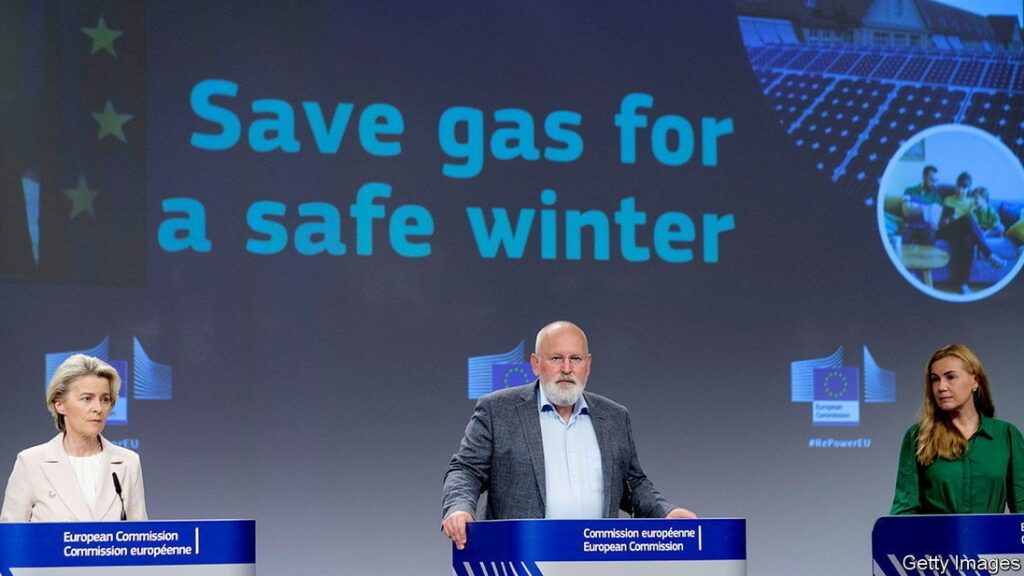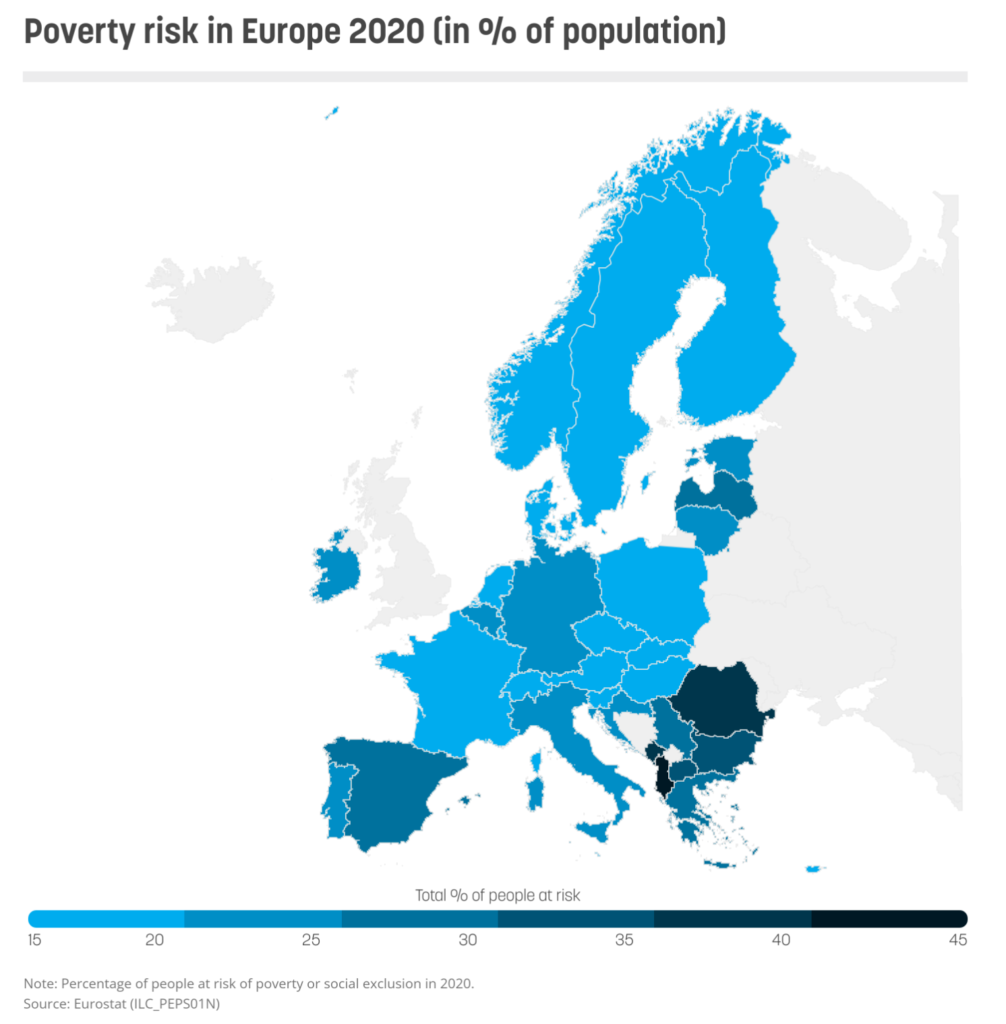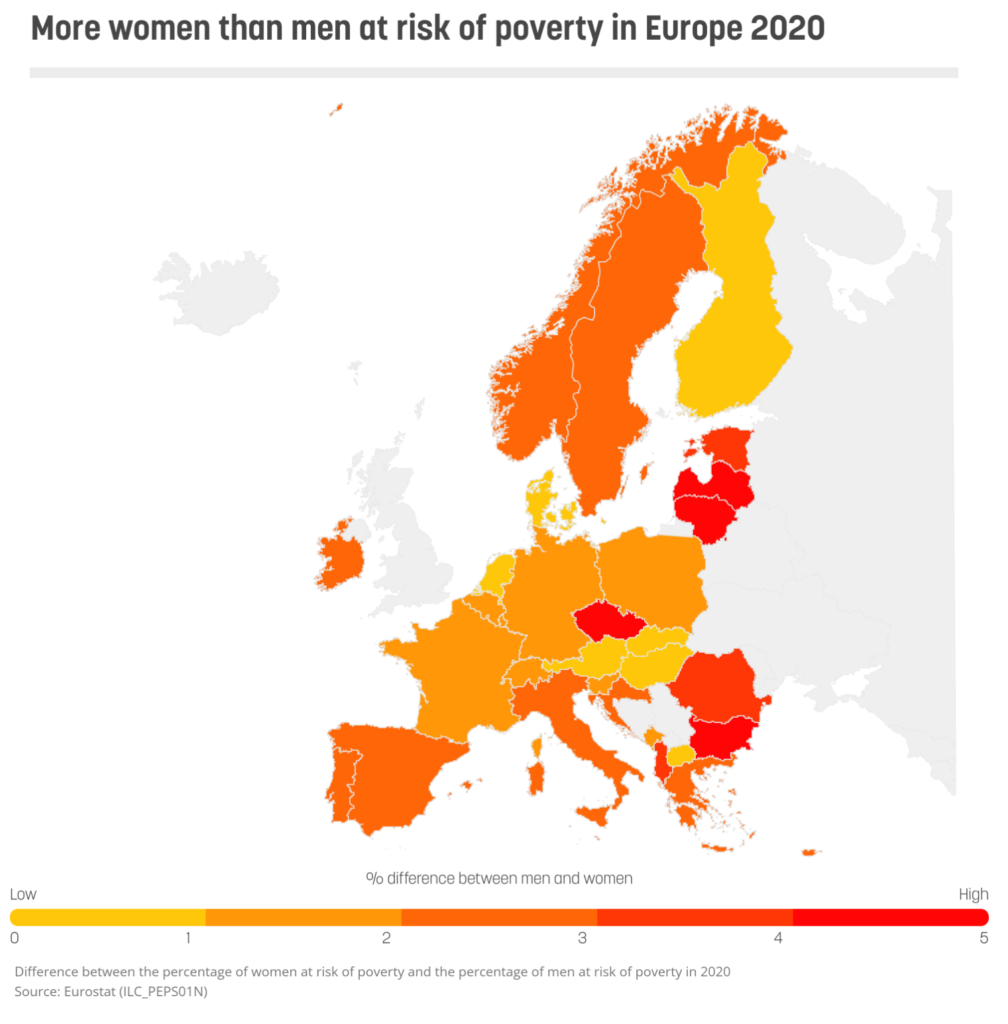The Al-Qaeda Chief’s Death and Its Implications

What do we know about Zawahiri’s death?
On 2 August, U.S. President Joe Biden announced that the U.S. had killed al-Qaeda leader Ayman al-Zawahiri in Kabul on the morning of 31 July. The U.S. said it had discovered that Zawahiri had returned to the Afghan capital with his family in the spring of 2022, after more than two decades in hiding (as early as 1998, he was wanted for his alleged role in al-Qaeda’s bombings of two U.S. embassies in East Africa that year). Much of this time, he was widely thought to be sheltering somewhere near the border between Afghanistan and Pakistan. U.S. officials said the CIA had been watching the safe house in an upmarket district of Kabul, where the al-Qaeda leader was staying for several months, before proceeding with a precision drone strike. The Taliban have not explicitly acknowledged Zawahiri’s death beyond stating that they had no information about his arrival and stay in the capital.

